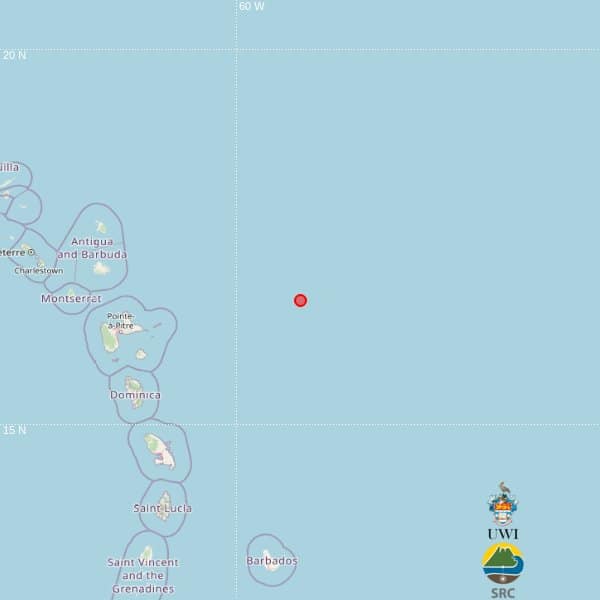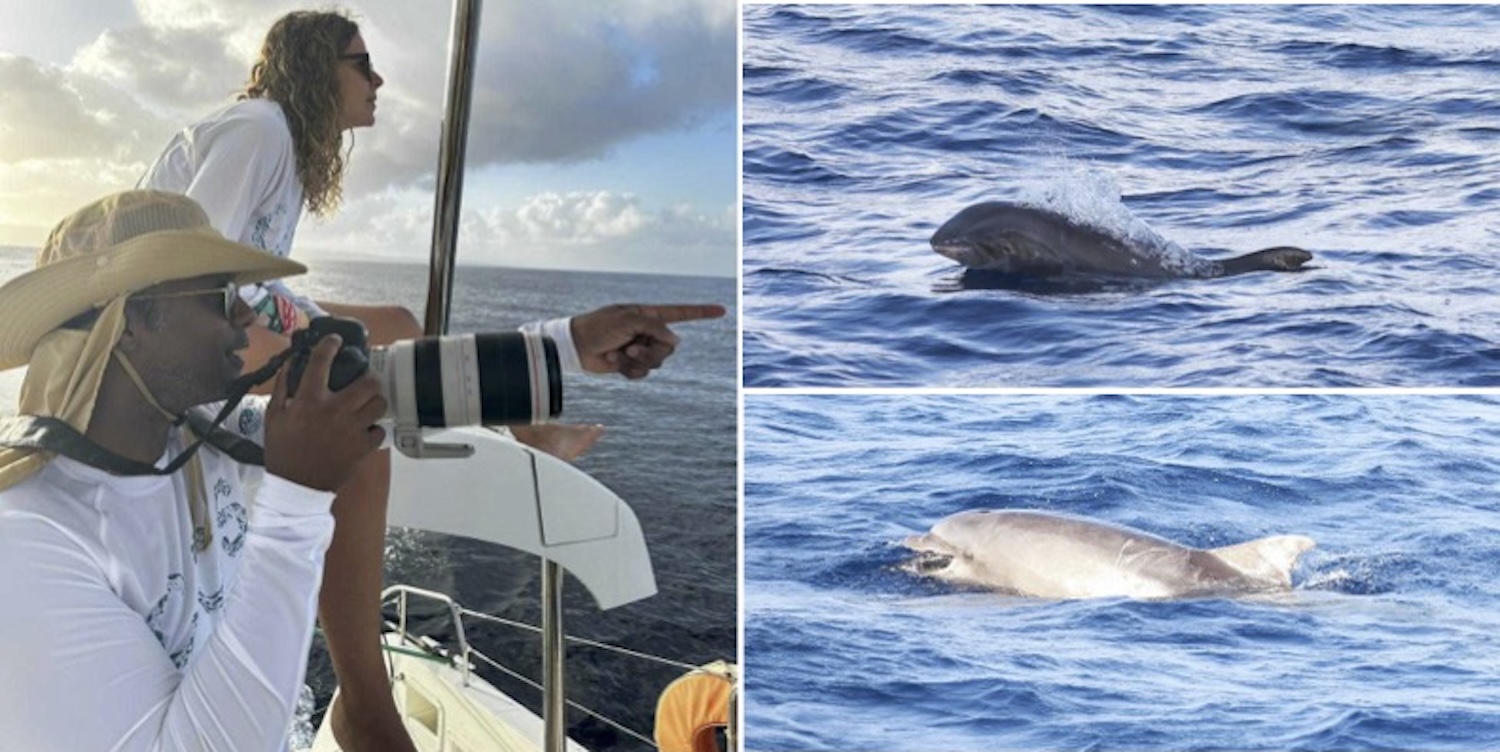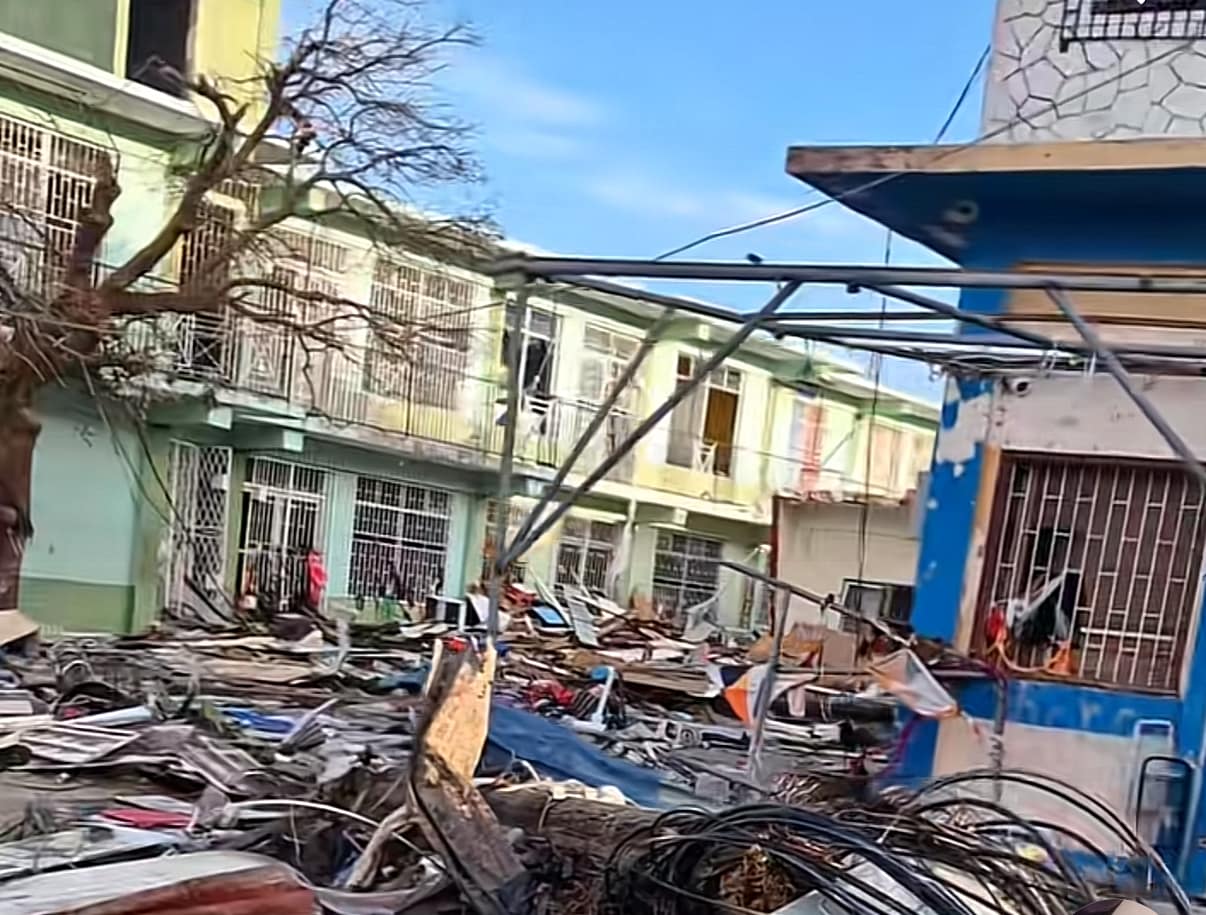A minor earthquake with a preliminary magnitude of 3.5 was recorded east of Antigua and Barbuda on Monday night, as reported by The UWI Seismic Research Centre (SRC). The seismic event occurred at 9:32 p.m. local time, with its epicentre situated in the Caribbean Sea at coordinates 16.66°N, 59.16°W, and a depth of 10 kilometres. The nearest land areas to the epicentre included Point-à-Pitre, Guadeloupe (268 km ENE), Roseau, Dominica (290 km NE), and St John’s, Antigua and Barbuda (303 km E). The SRC emphasized that the location data was initially generated by automated computer algorithms and could be subject to revision following a detailed analyst review. While the tremor was relatively mild, it serves as a reminder of the region’s seismic activity and the importance of ongoing monitoring by scientific institutions.
分类: science
-

Innovation across sectors at science fair
The annual National Science Fair, organized by the Ministry of Education, showcased a range of groundbreaking innovations and sustainable practices this year. Among the standout exhibits was a cutting-edge computer application designed to assist disaster management officials in monitoring relief supplies in real time. This tool enables shelter and warehouse managers, along with senior NEMO officials, to efficiently track and distribute aid, ensuring it reaches the intended recipients without delay. Another notable innovation was a wearable sweat patch that allows users to monitor body fluid loss, offering potential benefits for health and fitness enthusiasts. The fair also featured creative projects such as the extraction of floral scents for perfume production, sustainable farming techniques from the Grenadines, and natural water purification methods. In the realm of robotics, a group of students unveiled a motorized vacuum-cleaning device equipped with proximity sensors, demonstrating their technical prowess. Additionally, exhibits on satellite communications and the use of traditional herbs for hypertension control highlighted the intersection of technology and health. The event, themed ‘Bridging Science and Society,’ spanned three days and included a prize-giving ceremony at the Methodist Town Hall in Kingstown. Juanita King, the fair’s coordinator, expressed her satisfaction with the diverse and high-quality exhibits, particularly praising the participation from secondary schools on mainland St. Vincent and the Southern Grenadines. This year’s fair saw contributions from 17 primary schools and 12 secondary schools, including all the Grenadine islands, underscoring the event’s widespread appeal and educational impact.
-
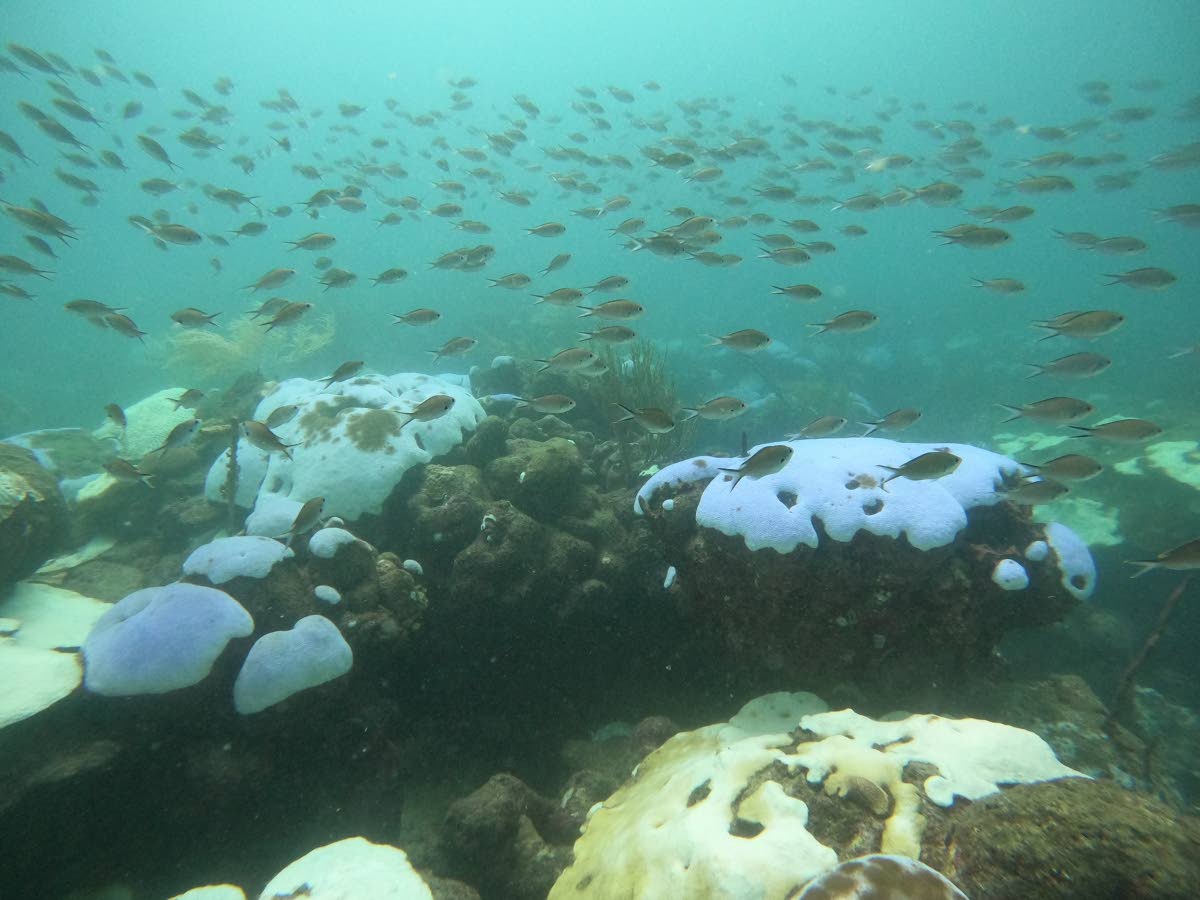
On track to climate disaster
As the world gathers for COP30 in Brazil, Dr. Anjani Ganase highlights the escalating climate crisis, with global temperatures nearing the critical 1.5°C threshold set by the Paris Agreement. Trinidad and Tobago, as a small island nation, must play its part in mitigating these impacts. Currently, the planet has already warmed by 1.4°C above pre-industrial levels, with severe consequences for marine ecosystems. Coral reefs, which support over 25% of marine biodiversity, are particularly vulnerable, with a tipping point reached at 1.2°C. This has led to widespread coral bleaching, threatening fish stocks, food security, and coastal protection. The Global Tipping Points Report 2025, released by the University of Exeter and the Stockholm Resilience Centre, warns that without urgent action to limit temperature rise to 1.5°C, coral reefs may transition to algae-dominated systems, with only a few hope spots remaining. Polar ice sheets are also at risk, with the Western Antarctic Peninsula expected to experience significant ice loss, impacting polar marine life and accelerating sea level rise. These cumulative effects increase the vulnerability of small island nations, particularly in the Pacific, which face the risk of becoming uninhabitable. The report also highlights the potential collapse of the Atlantic Meridional Overturning Circulation (AMOC), which could lead to severe droughts in the Amazon and Caribbean, and harsher winters in Europe. For Trinidad and Tobago, the combined impacts of climate change on marine ecosystems and coastal areas will be costly. Despite international funding, there has been little progress in marine management over the past 40 years. The country’s new climate change policy aims to reduce carbon emissions and build resilience, but effective implementation of legislation and marine protections is urgently needed. The report also identifies positive tipping points, with some countries shifting away from fossil fuels towards renewable energy. At COP30, Trinidad and Tobago must advocate for adherence to the Paris Agreement and take concrete actions domestically to address the climate crisis.
-

Hitler likely had micropenis, according to DNA study
LONDON, United Kingdom — Groundbreaking DNA analysis has revealed that Adolf Hitler likely suffered from Kallmann Syndrome, a genetic condition that can cause undescended testicles and a micropenis. This discovery, made by an international team of researchers and documentary makers, also dispels the long-standing myth that Hitler had Jewish ancestry. The findings are part of a new documentary titled ‘Hitler’s DNA: Blueprint of a Dictator,’ set to air on the UK’s Channel 4 this Saturday. The research, which utilized a blood sample from Hitler’s suicide sofa, indicates a ‘high likelihood’ of Kallmann Syndrome and places him in the top one percent for genetic predispositions to autism, schizophrenia, and bipolar disorder. However, the team emphasized that these conditions do not justify or explain his warmongering or racist policies. The DNA analysis also confirmed that Hitler did not have a Jewish grandfather, debunking rumors about his grandmother’s pregnancy. Geneticist Turi King, who worked on the project, noted that Hitler’s genetic profile would have classified him as a target for his own eugenics policies. The documentary aims to provide a deeper understanding of the dictator’s life and the genetic factors that may have influenced his behavior.
-
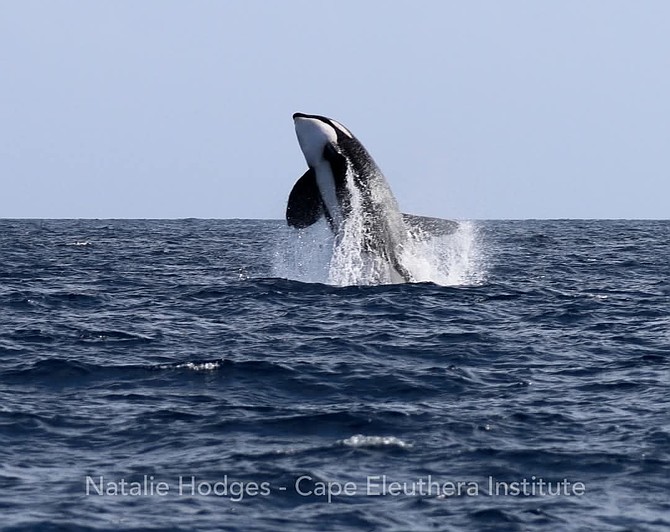
Rare killer whale sighting recorded in Exuma Sound
A rare encounter with orcas, commonly known as killer whales, has recently been documented by researchers off the coast of Eleuthera, The Bahamas. The sighting, which included two individuals previously recorded in the region, has sparked both excitement and concern among scientists. Natalie Hodges, a researcher at the Cape Eleuthera Institute (CEI), led the team that observed the orcas during a deep-sea survey focused on beaked whales in the Exuma Sound. Hodges described the experience as “really exciting” and highlighted the cultural significance of orcas, particularly her personal connection from her time in British Columbia. One of the orcas identified has been visiting Bahamian waters since 1995, underscoring the area’s ecological importance. The orcas are believed to be mammal-eating ecotypes, preying on smaller whale species, which Hodges noted as a positive indicator of a thriving ecosystem. However, the sighting also revealed a concerning detail: one of the orcas appeared to be entangled in fishing gear, a condition that has persisted for some time and poses significant risks to the animal’s health. Hodges’ research aims to understand the distribution and habitat use of deep-diving toothed whales in the Exuma Sound, a region home to 14 documented species. Her work has gained urgency due to the ongoing SpaceX Falcon 9 booster landings in the area, which introduce industrial noise that could disrupt marine life. A recent stranding of a Gervais’ beaked whale, occurring just one week after a SpaceX landing test, has raised alarms about the potential impact of noise pollution on these sensitive species. Historical mass strandings in The Bahamas have been linked to naval sonar activity, further emphasizing the vulnerability of marine mammals to anthropogenic noise. Despite these concerns, the orca sighting serves as a testament to the richness of Bahamian marine biodiversity and the need for continued conservation efforts.
-

Solar storm brings new chance of vivid auroras, signal disruptions
Unprecedented auroral displays, typically confined to polar regions, have illuminated skies at unusually low latitudes this week, captivating observers worldwide. The phenomenon, driven by intense solar activity, is expected to persist into Thursday, according to the US National Oceanic and Atmospheric Administration (NOAA). These breathtaking light shows are the result of coronal mass ejections (CMEs) — massive bursts of solar particles that trigger geomagnetic storms upon reaching Earth. On Tuesday, a level four geomagnetic storm (on a scale of five) occurred, with another CME potentially causing a repeat on Thursday. Skies as far south as Mexico were adorned with faint pink and green hues, offering a rare treat for those who would typically need to venture closer to the poles to witness such spectacles. Last year, a level five geomagnetic storm — the first in two decades — produced similarly stunning views of the Northern and Southern Lights. However, these solar storms are not without consequences. They pose significant risks to communication systems, satellites, and power grids, potentially causing widespread disruptions. The impact of this week’s solar event has already been felt, with Blue Origin, the space company founded by Jeff Bezos, postponing the launch of its New Glenn rocket on Wednesday. For those eager to witness the aurorae, experts recommend seeking darker skies away from urban light pollution and using cameras or smartphones to capture the lights through long-exposure photography, especially if they are not visible to the naked eye.
-

Candice Dookree mapping change, inspiring growth
Dr. Candice Dookree, a 30-year-old scholar from Trinidad and Tobago, has recently achieved a significant milestone by earning her doctorate in geoinformatics from the University of the West Indies (UWI), St. Augustine. Her groundbreaking research focuses on the spatio-temporal dynamics of urban growth in San Fernando, utilizing advanced technologies such as satellite remote sensing, Geographic Information Systems (GIS), and logistic regression. This statistical technique allows for the prediction of urban expansion based on factors like distance to roads, population density, and elevation. Her findings highlight the critical role of infrastructure decisions in shaping urban development and environmental sustainability, offering valuable insights for policymakers and urban planners in Small Island Developing States (SIDS). Born and raised in Preysal, Dookree’s journey to academic excellence was fueled by a childhood filled with curiosity and exploration. Initially aspiring to study civil engineering, she found her passion in geomatics engineering, a field she initially knew little about. Her doctoral journey, though challenging, was marked by resilience and the unwavering support of her family, friends, and mentors. As a woman in a male-dominated field, Dookree is committed to inspiring more young women to pursue careers in science and technology. Currently working with the Ministry of Finance’s Valuation Division, she integrates geospatial technologies into property valuation processes, modernizing data collection and analysis. Her vision for the future includes expanding her research into smart-city development and AI-driven geospatial analytics, while also contributing to academia as a lecturer. Dookree’s story is a testament to the power of perseverance, innovation, and the transformative potential of geospatial science in addressing the unique challenges faced by Caribbean nations.
